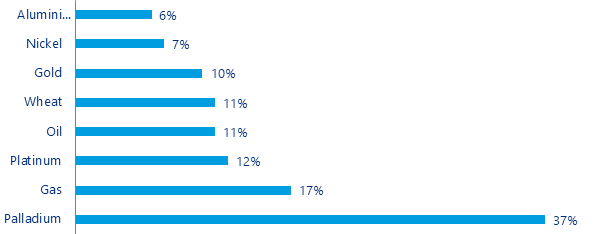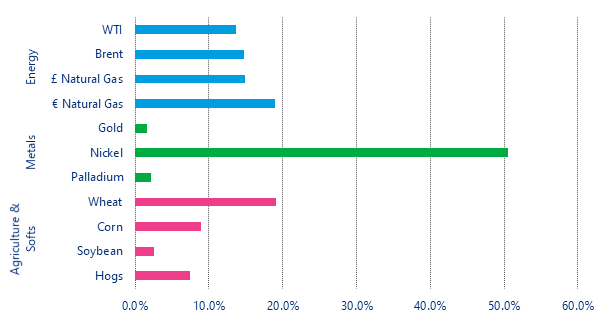Important Notices
References to Mercer shall be construed to include Mercer LLC and/or its associated companies.
© 2022 Mercer LLC. All rights reserved.
This content may not be modified, sold or otherwise provided, in whole or in part, to any other person or entity without Mercer's prior written permission.
Mercer does not provide tax or legal advice. You should contact your tax advisor, accountant and/or attorney before making any decisions with tax or legal implications.
This does not constitute an offer to purchase or sell any securities.
The findings, ratings and/or opinions expressed herein are the intellectual property of Mercer and are subject to change without notice. They are not intended to convey any guarantees as to the future performance of the investment products, asset classes or capital markets discussed.
For Mercer’s conflict of interest disclosures, contact your Mercer representative or see http://www.mercer.com/conflictsofinterest.
This does not contain investment advice relating to your particular circumstances. No investment decision should be made based on this information without first obtaining appropriate professional advice and considering your circumstances. Mercer provides recommendations based on the particular client's circumstances, investment objectives and needs. As such, investment results will vary and actual results may differ materially.
Information contained herein may have been obtained from a range of third party sources. While the information is believed to be reliable, Mercer has not sought to verify it independently. As such, Mercer makes no representations or warranties as to the accuracy of the information presented and takes no responsibility or liability (including for indirect, consequential, or incidental damages) for any error, omission or inaccuracy in the data supplied by any third party.
Funds of private capital funds are speculative and involve a high degree of risk. Private capital fund managers have total authority over the private capital funds. The use of a single advisor applying similar strategies could mean lack of diversification and, consequentially, higher risk. Funds of private capital funds are not liquid and require investors to commit to funding capital calls over a period of several years; any default on a capital call may result in substantial penalties and/or legal action. An investor could lose all or a substantial amount of his or her investment. There are restrictions on transferring interests in private capital funds. Funds of private capital funds’ fees and expenses may offset private capital funds’ profits. Funds of private capital funds are not required to provide periodic pricing or valuation information to investors. Funds of private capital funds may involve complex tax structures and delays in distributing important tax information. Funds of private capital funds are not subject to the same regulatory requirements as mutual funds. Fund offering may only be made through a Private Placement Memorandum (PPM).
Not all services mentioned are available in all jurisdictions. Please contact your Mercer representative for more information.
Investment management and advisory services for U.S. clients are provided by Mercer Investments LLC (Mercer Investments). Mercer Investments LLC is registered to do business as “Mercer Investment Advisers LLC” in the following states: Arizona, California, Florida, Illinois, Kentucky, New Jersey, North Carolina, Oklahoma, Pennsylvania, Texas, and West Virginia; as “Mercer Investments LLC (Delaware)” in Georgia; as “Mercer Investments LLC of Delaware” in Louisiana; and “Mercer Investments LLC, a limited liability company of Delaware” in Oregon. Mercer Investments LLC is a federally registered investment adviser under the Investment Advisers Act of 1940, as amended. Registration as an investment adviser does not imply a certain level of skill or training. The oral and written communications of an adviser provide you with information about which you determine to hire or retain an adviser. Mercer Investments’ Form ADV Part 2A & 2B can be obtained by written request directed to: Compliance Department, Mercer Investments 99 High Street, Boston, MA 02110.
Certain regulated services in Europe are provided by Mercer Global Investments Europe Limited and Mercer Limited.
Mercer Global Investments Europe Limited and Mercer Limited are regulated by the Central Bank of Ireland under the European Union (Markets in Financial Instruments) Regulation 2017, as an investment firm. Registered officer: Charlotte House, Charlemont Street, Dublin 2, Ireland. Registered in Ireland No. 416688. Mercer Limited is authorized and regulated by the Financial Conduct Authority. Registered in England and Wales No. 984275. Registered Office: 1 Tower Place West, Tower Place, London EC3R 5BU.
Investment management services for Canadian investors are provided by Mercer Global Investments Canada Limited. Investment consulting services for Canadian investors are provided by Mercer (Canada) Limited.






